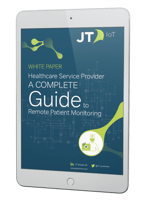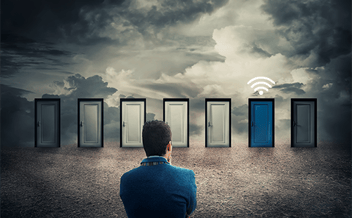
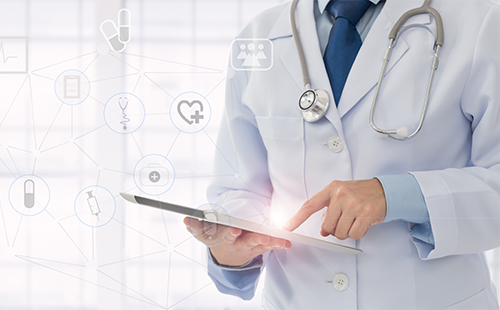
Remote Patient Monitoring (RPM): the future of healthcare
Remote Patient Monitoring (RPM) is becoming increasingly popular among patients and the healthcare profession. It is a trend that allows for close monitoring of a patient’s condition without them having to be in a hospital 24 hours a day.
Thanks to advances in technology, those in need of medical care no longer need to be kept under observation in a hospital in order for doctors to stay up to date on their condition or recovery.
Instead, patients can be monitored remotely via a connected device that constantly checks their vitals and transmits up-to-the-second health data back to the hospital or care centre.
How does remote patient monitoring work?
RPM is the result of advances across a few different areas all intersecting at just the right time. These are some of the biggest trends that have made RPM possible.
- The Internet of Things
IoT is primed to revolutionise just about every industry there is, and the healthcare industry is no exception. The move towards a smarter, more connected world allows for smarter and more connected healthcare solutions.
- Wearable Tech
From Google Glass to smartwatches to e-textiles (smart clothes), wearable tech is another trend that is not going away any time soon.
Wearable devices that allow patients and doctors to monitor vitals like your heart rate have been around for a few years now. The technology has continued to evolve to the point that something lighter and smaller than most wristwatches can now monitor the entire ecosystem inside your body and transmit that data wirelessly in real time.
- Big Data
Of course, all of that data has to go somewhere. Fortunately storing and processing massive amounts of data is now a fairly common practice thanks to the proliferation of "Big Data".
Consolidating and analysing incredibly rich data from one individual or a group allows for treatments to be prescribed quickly, even predictively, and for machine learning to help create more effective automated medical care plans.
There are two identifiable trends that have made RPM a necessity in today’s world. These are an ageing population and a greater focus on patient-centric care.
An increasingly high proportion of elderly people are placing new challenges on medical systems across the world, but particularly to a cash-strapped NHS.
At the same time, the healthcare industry is slowly moving its focus away from fulfilling quotas and targets and on to the wellness of the patient. This patient-centric approach places care of the individual front and centre and has meant that initiatives aimed at improving the patient experience, like RPM, are becoming more and more necessary.
What are the benefits of RPM?
The full benefit of RPM will take some time to realise, but the technology is poised to provide a whole range of improvements to all areas of the healthcare sector.
- The patient experience - given the choice of whether to stay in hospital or at home, it’s hard to believe that anyone would choose a hospital if they knew they would receive the same level of care and monitoring from the comfort of their own home
- Strain on hospitals and doctors - the reduced demand for beds, food and doctors time on rounds will free up resources in hospitals to deliver a higher quality of service to those that have no choice but to stay in a hospital
- More immediate and accurate diagnoses - because it’s not just about being able to stay at home rather than in hospital. It’s about the real-time availability of rich and reliable data about your condition and the responsiveness to this data from systems and medical professionals being so much better than it is now
- Accessibility of healthcare - for those unable to leave their house, who live in areas with poor public transport links who might struggle to get to a hospital or doctors, RPM provides a viable alternative
What is standing in the way?
With such sensitive data, security is always going to be one of the biggest concerns. The damage that could be caused if a database was hacked could be catastrophic, even fatal for some patients if records are deleted or prescriptions altered.
Access to RPM is also limited to those with access to a reasonable standard of connectivity. Rural areas of developed countries and, to a greater extent, the entire developing world will struggle to take advantage of the greater access to healthcare that RPM offers without access to connectivity.
If these hurdles can be overcome, then RPM would change the landscape of healthcare delivery forever and for the better.
Want to learn more about Remote Patient Monitoring and gain more insight on how IoT contributes to the future of healthcare?
Read the complete guide to RPM for Healthcare Service Providers.
Speak to a Velos IoT expert
Related articles

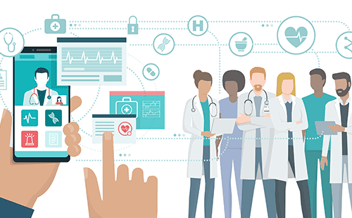
The Importance of IoT in Transforming Patient Experience
In the UK, the NHS is facing a seemingly insurmountable series of challenges at the moment. Talk of...
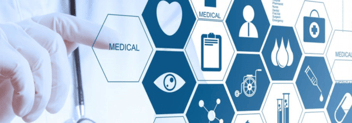
IoT connectivity solutions revolutionise Healthcare in Rwanda
Healthcare in Rwanda is being revolutionized with the aid of IoT solutions. As a result, IoT...
